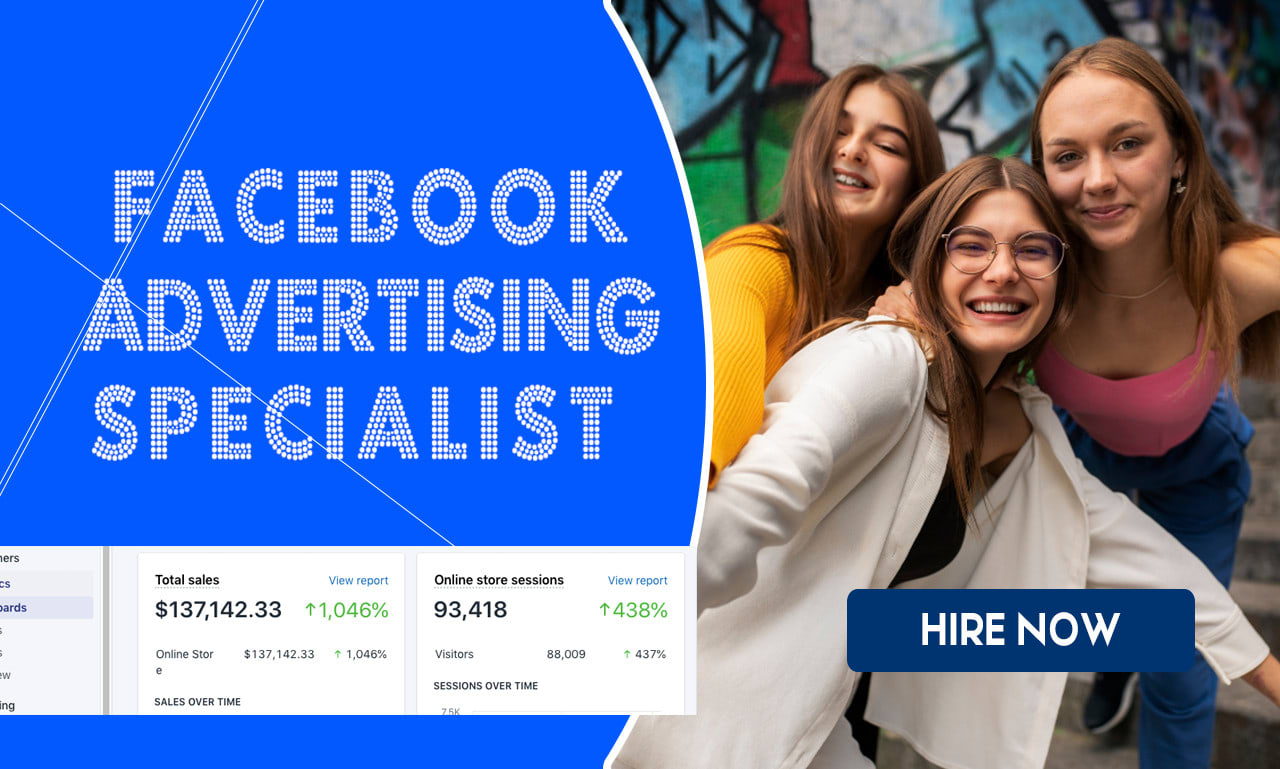Mailchimp made headlines last month when it sold to Intuit for $12 billion, but many of the stories surrounding the news were far from glowing. Its 1,200 employees didn’t get any equity in the company and missed out on the life-changing financial upside that would typically come from a deal of this magnitude.
We know this isn’t the norm. Most startups follow a standard playbook for issuing employee equity, but it’s a system riddled with complications. The industry has even coined terms like “golden handcuffs” to describe one of the all too common scenarios where employees have millions in stock options but can’t afford the taxes they’d owe to leave their current company before a liquidity event like an IPO or acquisition.
The employee equity status quo isn’t going to work for much longer. As talent wars rage on, companies are getting more competitive on base salary, bonuses, benefits and workplace flexibility. Equity is bound to be the next to change in the battle for talent.
The most competitive startups will not only give staff the shares that they deserve but will also do so in a way that’s tax-advantaged, de-risked and highly customizable. Early on in the journey to build my startup Postscript with my co-founders Adam Turner and Alex Beller, we decided an equity plan that puts employees first was going to be a top priority. We hadn’t done this before, and we weren’t following the standard playbook, so it took time, research and creativity.
Flexibility and choice are paramount in employee equity
Our first initiative focused on providing employees with an extended exercise window. If someone has been at the company for two years and quits, they don’t need to buy shares right away. In fact, they have up to five years to make that decision. This is a great option for employees that want to “wait and see,” and de-risks their equity.
Within the next few years, I predict that we’re going to see a shift in how employers approach equity as a benefit and that flexibility will become the norm, rather than the exception.
The next component of our program was in response to demand from employees confident in our long-term prospects. We crafted a plan that allows employees to exercise their stock early — at any time, in fact. This is a great option for employees that believe strongly in our success and want to reap the tax advantages of buying their shares early on.
With these two programs, we’re not assuming anything about each employee’s personal situation or forcing our beliefs on anyone. We’re also careful to not make promises about the future that would influence decisions, as we saw happen with Mailchimp. We don’t believe in declarative statements like “we’ll never go public” or “we’ll never be acquired,” even if well intentioned. No executive can fully predict the future with absolute certainty.
For businesses that are ready to revamp their employee equity plan, here are a few key lessons we figured out along the way:
Get buy-in from your board of directors
The first step should be a discussion with your board, likely during the next board meeting. This group of individuals usually hold significant equity in the business, so they may be just as invested in the decision as the founders. If you lead with the business benefits that the changes could have on recruiting, culture and morale, the opportunity for pushback will be limited.
Get outside support from legal experts
After the key stakeholders are aligned, loop in the experts. Unless they’re already on the team, find a law firm or legal consultant that knows employee equity inside out. They’ll need to consider every possibility and develop new documentation and contracts that might not already exist. Our legal partner played a huge role in making sure that our plan was initiated without a hitch.
Double down on employee and candidate education
Finally, the people and recruiting teams should be educated well on the program. It’s their responsibility to ensure that employees and prospects understand how the program works, as well as the implications of the decisions they make. Equity is complex and can be difficult to understand, so this undertaking shouldn’t be approached lightly and should be ongoing.
Within the next few years, I predict that we’re going to see a shift in how employers approach equity as a benefit and that flexibility will become the norm, rather than the exception. At the end of the day, this is good news for employees and employers alike.
source https://techcrunch.com/2021/11/05/why-we-rebuilt-our-equity-plan-for-flexibility-and-how-you-can-too/



0 Comments